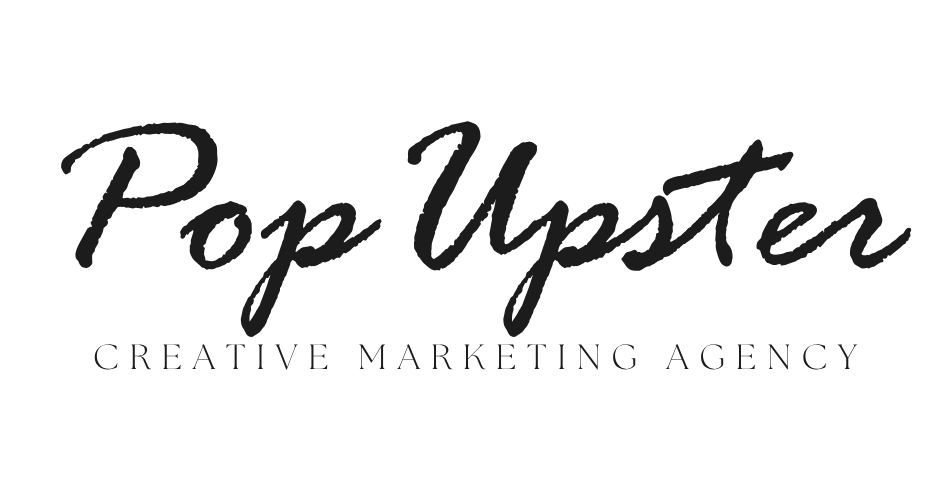In the rapidly evolving digital marketing landscape, paid advertising has become an essential strategy for businesses seeking immediate visibility, targeted reach, and measurable results. Pay-Per-Click (PPC) and media buying represent sophisticated approaches to connecting brands with their ideal audiences through strategic digital placements. As competition intensifies across online platforms, understanding the nuanced techniques of paid advertising has transformed from a competitive advantage to an absolute necessity for marketing success.
Modern marketers must navigate a complex ecosystem of advertising channels, platforms, and targeting mechanisms that require deep strategic knowledge and continuous adaptation. Whether you’re a small business owner, digital marketing professional, or corporate marketing executive, mastering paid advertising techniques can dramatically accelerate your growth, drive qualified traffic, and generate substantial return on investment.
Understanding PPC Fundamentals
Pay-Per-Click advertising represents a dynamic digital marketing model where advertisers pay a fee each time their advertisement is clicked. This approach allows businesses to essentially purchase website visits rather than attempting to earn them organically. Google Ads remains the most prominent PPC platform, offering unprecedented targeting capabilities across search, display, video, and shopping networks. Successful PPC campaigns require meticulous keyword research, compelling ad copy, and sophisticated bidding strategies that align with specific business objectives.
Key performance indicators like click-through rates, cost-per-click, and conversion rates become critical metrics for measuring campaign effectiveness. Advanced marketers leverage machine learning and audience segmentation to optimize their campaigns, continuously refining targeting parameters and ad creative to maximize return on ad spend. Understanding the intricate auction dynamics of platforms like Google and Facebook enables advertisers to develop more strategic and cost-effective advertising approaches.
Media Buying Strategies and Techniques
Media buying extends beyond traditional PPC models, encompassing a broader approach to purchasing advertising inventory across multiple digital and traditional channels. Sophisticated media buyers develop comprehensive strategies that integrate programmatic advertising, real-time bidding, and advanced audience targeting techniques. By leveraging data-driven insights, marketers can identify precise audience segments, optimize ad placements, and maximize campaign performance across diverse platforms.
Contemporary media buying involves complex technological ecosystems including demand-side platforms, supply-side platforms, and data management platforms. These sophisticated tools enable marketers to execute highly targeted campaigns with unprecedented precision. Successful media buyers must develop deep understanding of audience behavior, platform-specific algorithms, and emerging advertising technologies to create truly impactful marketing initiatives.
Advanced Targeting and Audience Segmentation
Modern paid advertising platforms offer unprecedented granularity in audience targeting, allowing marketers to reach extremely specific demographic, behavioral, and psychographic segments. Advanced targeting capabilities enable advertisers to create hyper-personalized campaigns that speak directly to individual user characteristics, interests, and potential purchasing behaviors. Machine learning algorithms continuously refine targeting parameters, helping marketers discover increasingly precise audience segments.
Successful audience segmentation requires comprehensive data analysis, combining first-party data, third-party insights, and platform-specific targeting options. Sophisticated marketers develop multi-dimensional audience personas that transcend traditional demographic boundaries, incorporating behavioral patterns, intent signals, and predictive modeling techniques to enhance campaign performance.
Budget Optimization and Cost Management
Effective paid advertising demands rigorous financial management and strategic budget allocation. Marketers must develop nuanced approaches to controlling advertising expenditures while maintaining optimal performance across diverse channels. Advanced budgeting techniques involve dynamic bid adjustments, automated rules, and sophisticated performance tracking mechanisms that enable real-time campaign optimization.
Cost management strategies should incorporate comprehensive performance analysis, including lifetime value calculations, customer acquisition costs, and multi-touch attribution modeling. By developing holistic financial frameworks, marketers can make data-driven decisions that maximize return on investment and create sustainable advertising ecosystems.
Emerging Trends and Future Considerations
The paid advertising landscape continues to evolve rapidly, driven by technological innovations, changing consumer behaviors, and emerging platform capabilities. Artificial intelligence, machine learning, and advanced data analytics are transforming traditional advertising approaches, enabling more sophisticated targeting, personalization, and performance measurement. Marketers must remain agile, continuously updating their skills and adapting to new technologies and platform capabilities.
Privacy regulations, cookie deprecation, and increased user control over personal data represent significant challenges and opportunities for paid advertising professionals. Successful marketers will develop privacy-compliant strategies that balance sophisticated targeting capabilities with user trust and transparent data practices.
Mastering paid advertising requires a comprehensive approach that combines technical expertise, strategic thinking, and continuous learning. By developing deep understanding of PPC and media buying fundamentals, leveraging advanced targeting techniques, and maintaining a forward-thinking perspective, marketers can create powerful advertising strategies that drive meaningful business results. The most successful professionals will embrace complexity, remain adaptable, and view paid advertising as a dynamic, ever-evolving discipline that demands ongoing education and strategic refinement.



 by
by